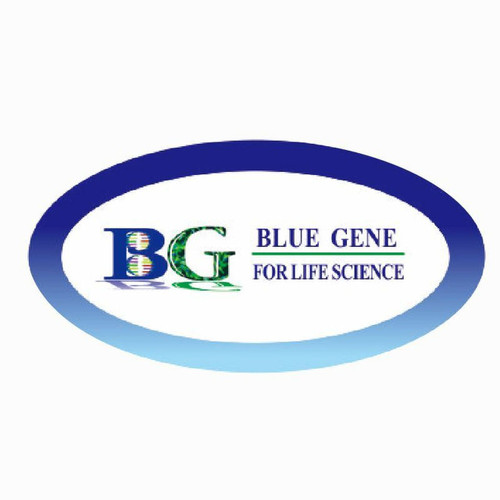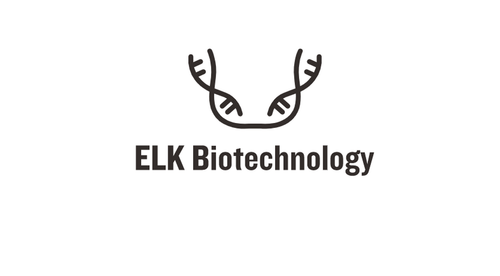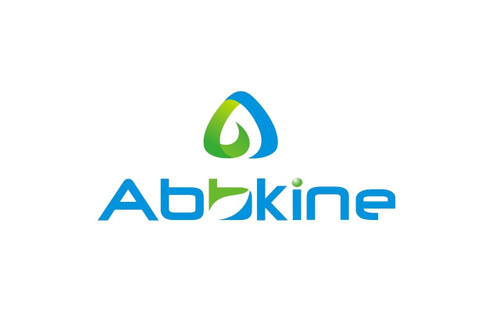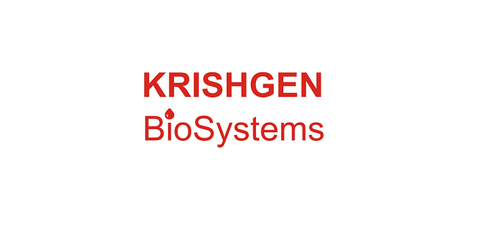Product Description
Human UbiA prenyltransferase domain-containing protein 1 (UBIAD1) ELISA Kit | AE12435HU | Abebio
Species Reactivity: Human (Homo sapiens)
Abbreviation: UBIAD1
Alternative Name: RP4-796F18.1; SCCD; TERE1; transitional epithelia response protein
Application: ELISA
Range: 0.156-10 ng/mL
Sensitivity: 0.067 ng/mL
Intra-Assay: ≤5.6%
Inter-Assay: ≤9.6%
Recovery: 0, 99
Sample Type: Serum, Plasma, Other biological fluids
Detection Method: Sandwich
Analysis Method : Quantitive
Test Principale: This assay employs a two-site sandwich ELISA to quantitate UBIAD1 in samples. An antibody specific for UBIAD1 has been pre-coated onto a microplate. Standards and samples are pipetted into the wells and anyUBIAD1 present is bound by the immobilized antibody. After removing any unbound substances, a biotin-conjugated antibody specific for UBIAD1 is added to the wells. After washing, Streptavidin conjugated Horseradish Peroxidase (HRP) is added to the wells. Following a wash to remove any unbound avidin-enzyme reagent, a substrate solution is added to the wells and color develops in proportion to the amount of UBIAD1 bound in the initial step. The color development is stopped and the intensity of the color is measured.
Product Overview: TERE1 expression in both superficial and muscle-invasive transitional cell carcinomas of bladder (TCCs) compared with normal human urothelium. Transfection of TERE1 into 2 human TCC cell lines inhibited cellular proliferation by 80 to 90%. In 1 line, TERE1 overexpression caused a change in morphology, with an apparent increase in intercellular contacts The deduced 338-amino acid protein has a calculated molecular mass of 36.8 kD. TERE1 has 5 putative transmembrane regions, an N-glycosylation site, and several putative phosphorylation sites. Northern blot and PCR analyses showed ubiquitous expression of 1.5- and 3-kb TERE1 transcripts. Immunohistochemical analysis of human urothelium revealed nuclear and cytoplasmic expression of TERE1.
Stability: The stability of ELISA kit is determined by the loss rate of activity. The loss rate of this kit is less than 5% within the expiration date under appropriate storage condition. The loss rate was determined by accelerated thermal degradation test. Keep the kit at 37°C for 4 and 7 days, and compare O.D.values of the kit kept at 37°C with that of at recommended temperature. (referring from China Biological Products Standard, which was calculated by the Arrhenius equation. For ELISA kit, 4 days storage at 37°C can be considered as 6 months at 2 - 8°C, which means 7 days at 37°C equaling 12 months at 2 - 8°C) .
 Euro
Euro
 USD
USD
 British Pound
British Pound
 NULL
NULL












